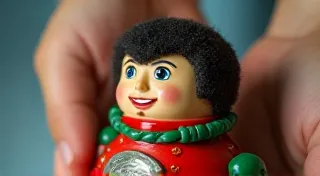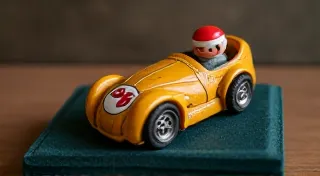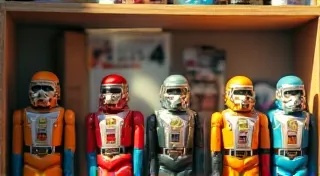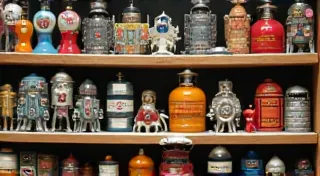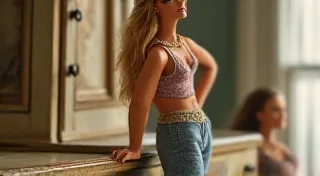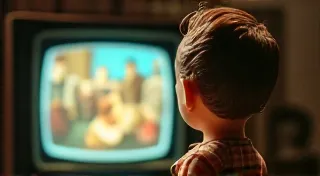Spotlight on Steiff: Collecting Vintage Teddy Bears
Few names evoke the warmth and nostalgia of childhood quite like Steiff. For generations, these exquisitely crafted teddy bears have held a special place in the hearts of collectors and enthusiasts alike. More than just toys, Steiff bears represent a piece of history, embodying a dedication to quality, design, and a touch of German ingenuity. This article delves into the fascinating world of Steiff teddy bears, exploring their rich history, identifying key hallmarks, and understanding the factors that contribute to their value.
The Origins of a Legend: Margarete Steiff and the Birth of the Teddy Bear
The story begins in 1880, in Giengen, Germany. Margarete Steiff, confined to a wheelchair as a child, began crafting small plush animals based on local designs. Her nephew, Richard Steiff, an aspiring tailor, joined the business and had the brilliant idea to create a stuffed bear. Initially dubbed “Bear 55PB,” this first prototype bear, designed in 1902, wasn't an instant success. It wasn’s until 1903, when a New York toy store owner placed a large order, that the Steiff bear truly took off. Simultaneously, the popularity of the American "Teddy Bear," named after President Theodore Roosevelt, swept across the world, perfectly aligning with Steiff’s own creation.
The name "Steiff" is derived from Steiff’s family name, and the company quickly established a reputation for exceptional quality and attention to detail. Their bears were designed to be life-like, with carefully articulated limbs and a charming, realistic appearance. This commitment to realism distinguished them from many of their competitors, establishing Steiff as a leader in the world of plush toys.
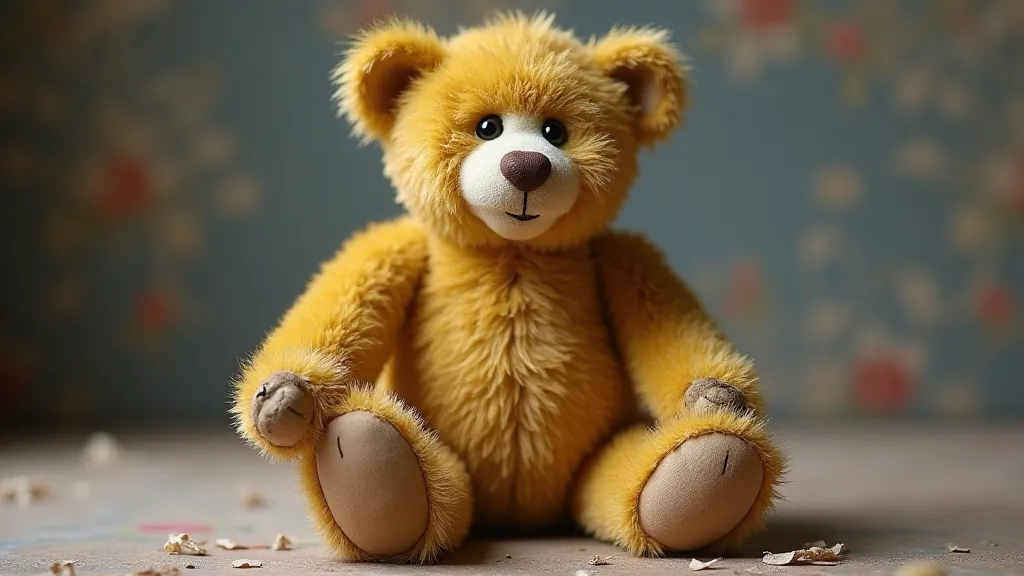
The Magic of the Button: Identifying Steiff Bears
One of the most recognizable hallmarks of an authentic Steiff bear is the “button in the ear.” This small, brass or zinc button, typically imprinted with the Steiff name and a year or patent number, was sewn into the bear’s ear as a mark of authenticity and a guarantee of quality. The button's design and markings changed throughout the years, providing collectors with valuable clues to a bear’s age and origin.
Early Steiff buttons, pre-1950, were often quite simple, with just the Steiff name and year. Later buttons included patent numbers and model numbers. The absence of a button does *not* necessarily mean a bear isn’t Steiff – buttons were sometimes removed over time. However, a counterfeit button is a red flag.
Beyond the button, several other features help identify Steiff bears:
- Construction: Steiff bears are typically constructed with a jointed body, allowing for greater articulation. Early bears had rudimentary jointing, while later models featured more sophisticated ball-and-socket joints. The history of toys extends far beyond Steiff bears, and for those truly captivated by the allure of vintage playthings, exploring rare and unusual vintage toys can unveil fascinating stories behind each find.
- Facial Features: The characteristic "black glass eyes" were a hallmark of many Steiff bears, particularly those from the 1920s and 1930s. Later bears often had painted or plastic eyes. The shape and detailing of the nose – often stitched rather than molded – are also key indicators.
- Labels: While the button is the most famous identifier, some bears also had fabric labels sewn onto their bodies. These labels, often a rectangular piece of cotton fabric, provided information about the bear’s model number and country of origin (usually Germany).
Decoding the Eras: Steiff Bears Through the Decades
The design and characteristics of Steiff bears evolved significantly over the decades. Understanding these changes is crucial for collectors.
- 1900s – 1920s: The Early Pioneers: These bears are highly sought after by collectors and command significant prices. They often have a more primitive appearance, with simple jointing and a charming, almost handmade quality.
- 1920s – 1930s: The Golden Age: This era saw the introduction of more sophisticated jointing and the use of high-quality materials like mohair. The iconic "black glass eyes" were prevalent during this period.
- 1940s – 1950s: Post-War Production: World War II significantly disrupted Steiff’s production. Post-war bears were often made with simpler materials and construction techniques.
- 1960s – 1970s: Modernization: Steiff began to experiment with new materials, including synthetic fur and plastic eyes. Designs became more stylized and often reflected contemporary trends. The enduring appeal of vintage items isn’t just about nostalgia; it’s about the inherent charm and stories they hold. If you find yourself drawn to that retro vibe, you might be interested in learning more about the rise of retro and why vintage toys hold such nostalgic appeal.
- 1980s – Present: Continued Legacy: Steiff continues to produce high-quality teddy bears, blending traditional craftsmanship with modern design.
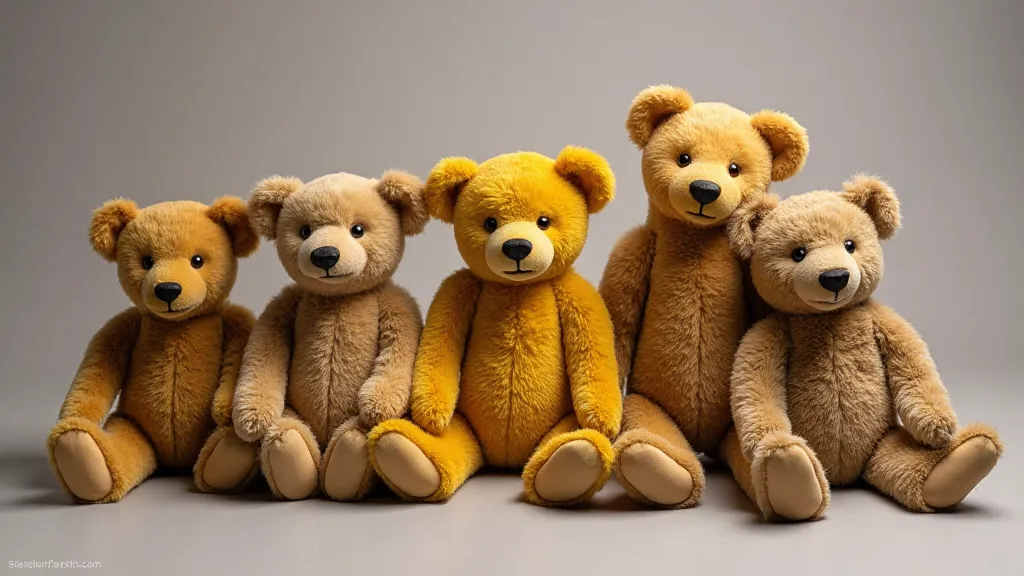
Factors Influencing Value
The value of a vintage Steiff bear is determined by a complex interplay of factors. Here’s a breakdown of the key considerations:
- Rarity: Limited production runs, prototype bears, and bears with unique features command higher prices.
- Condition: The condition of the bear is paramount. Original tags, undamaged fur, and intact jointing significantly increase value.
- Age: Older bears are generally more desirable, especially those from the early decades of Steiff’s history.
- Model Number: Certain model numbers are more sought after than others due to their rarity or historical significance.
- Originality: Any alterations or repairs to the bear can diminish its value. Original clothing and accessories also increase desirability.
- Provenance: A documented history of ownership, especially if the bear belonged to a notable individual, can add to its value.
Collecting Tips and Resources
For those eager to embark on a journey into the world of Steiff collecting, here are a few essential tips:
- Research: Thoroughly research different Steiff models and their historical context.
- Join Online Communities: Connect with other collectors through online forums and social media groups.
- Attend Toy Shows and Auctions: These events offer opportunities to examine bears in person and acquire unique pieces.
- Consult Experts: Seek the advice of experienced Steiff collectors or appraisers to authenticate and value your finds. The world of collectibles extends far beyond teddy bears, and if you're intrigued by other types of vintage treasures, you might enjoy exploring collecting vintage dolls.
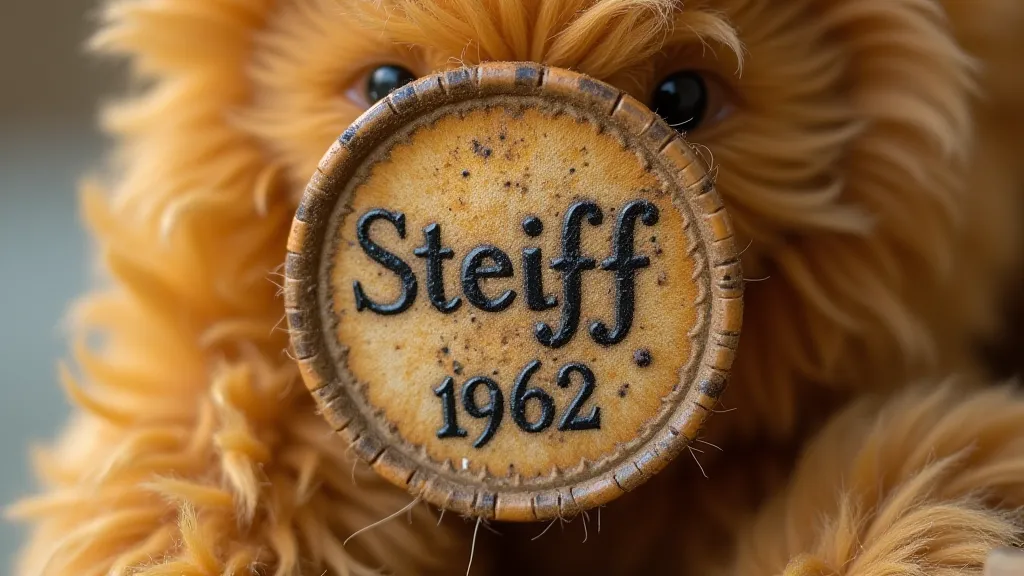
Beyond Steiff: The Broader World of Collectible Toys
While Steiff bears hold a special place in the hearts of many collectors, the world of vintage toys is vast and varied. From tin wind-up toys to cast iron cars, each item has its own unique history and appeal. The value placed on these treasures isn’t solely about rarity or condition; it's about the memories and emotions they evoke.
If you're looking to delve deeper into the world of collectibles, consider researching specific types of toys that pique your interest. Whether it's action figures, board games, or antique dolls, there's a whole community of enthusiasts eager to share their knowledge and passion.
Conclusion
Collecting vintage Steiff teddy bears is more than just acquiring toys; it’s about preserving a piece of history and appreciating the artistry and craftsmanship that has made these bears so beloved for generations. With a little knowledge and dedication, you can embark on a rewarding journey into the enchanting world of Steiff.
